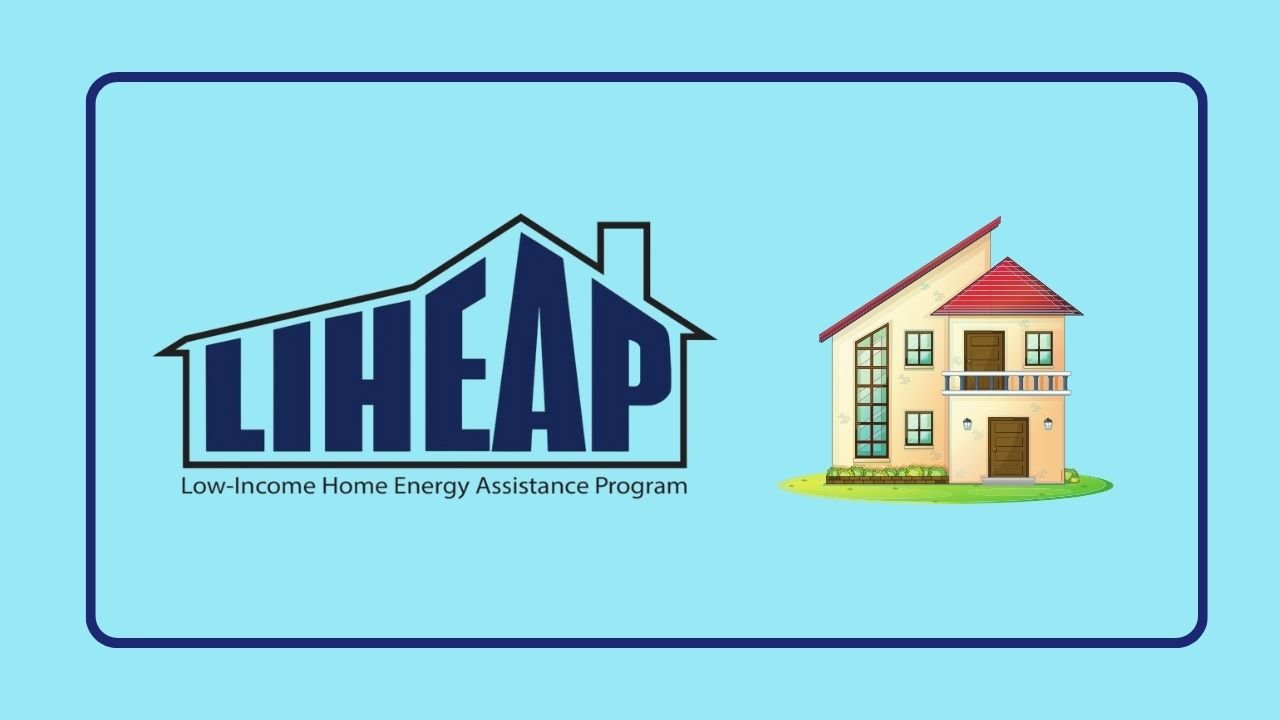The Low-Income Home Energy Assistance Program (LIHEAP) is a federally funded program that helps low-income households pay for heating and cooling bills. Managed by the U.S. Department of Health and Human Services (HHS), LIHEAP offers both regular energy assistance and emergency support to prevent service shutoffs during extreme weather conditions.
Every year, millions of Americans benefit from this program, especially during the winter and summer months when utility bills spike. If you’re struggling to keep up with high electricity or heating costs, LIHEAP may be able to help cover those bills or even repair or replace your heating or cooling equipment.
Table of Contents
What Does LIHEAP Cover?
In 2025, LIHEAP funds can be used to assist with:
- Heating bills (electric, natural gas, oil, propane, coal, or wood)
- Cooling bills (primarily electric or air conditioning units)
- Emergency energy assistance (when service is about to be shut off)
- Energy crisis situations (broken furnace or unsafe heating source)
- Weatherization or energy-related minor home repairs in some states
LIHEAP does not pay the full amount of your bill. It provides a one-time payment or partial support, and payments are sent directly to your utility company in most cases.
Who Is Eligible for LIHEAP in 2025?
Eligibility is based on household income, family size, and location. Each state sets its own income guidelines, but most use the Federal Poverty Guidelines (FPG) or a percentage of state median income (SMI) to determine who qualifies.
Here’s a general idea of income limits in 2025 for 48 states and D.C. (actual limits may vary slightly by state):
| Household Size | Maximum Annual Income (approx.) |
|---|---|
| 1 | $22,590 |
| 2 | $30,660 |
| 3 | $38,730 |
| 4 | $46,800 |
| 5 | $54,870 |
| Each Add’l Person | +$8,070 |
You do not need to be receiving other public benefits (like SNAP or Medicaid) to qualify. However, households already enrolled in other aid programs may receive priority status when applying for LIHEAP.
How and When to Apply
Each state manages its own LIHEAP program, so application methods and start dates vary. In most states, the application window opens in the fall or winter and closes when funds run out.
Here’s how to apply:
- Find your local LIHEAP office through the HHS website or by calling the National Energy Assistance Referral (NEAR) line at 1-866-674-6327.
- Submit an application—this can often be done online, by phone, in person, or by mail.
- Provide documents such as:
- Proof of income (pay stubs, Social Security letter, or unemployment)
- Recent utility bills
- Proof of identity and residency
- Social Security numbers for household members
After you apply, it can take several weeks to process your application. If approved, funds are usually sent directly to your energy provider.
How Much Assistance Can You Receive?
The amount of help you receive depends on several factors:
- Your total household income
- The number of people living in your home
- Your energy costs
- The climate in your state
- Whether you are considered a priority household (elderly, disabled, young children)
For example, a qualifying family of four in a colder climate might receive $600–$1,200 in heating assistance. States may also offer emergency grants or furnace repair/replacement programs in certain situations.
Some states also have summer cooling assistance programs, especially in hotter regions like Texas, Florida, and Arizona.
Frequently Asked Questions (FAQs)
1. Can renters apply for LIHEAP?
Yes. Renters can qualify for LIHEAP if they are responsible for paying utility bills. If utilities are included in rent, assistance may still be available depending on state rules.
2. Is LIHEAP a one-time benefit?
Usually, yes. Most states offer one benefit per year. However, if you face an emergency—like a shutoff notice—you may qualify for a crisis grant even after receiving regular assistance.
3. Can I get LIHEAP help for oil or propane heating?
Yes. LIHEAP covers various heating types including oil, propane, wood, and coal, depending on your local utility setup.
4. Does receiving LIHEAP affect my eligibility for SNAP or Medicaid?
No. LIHEAP is a standalone program and does not impact other public benefit eligibility.
5. How long does it take to get approved?
Approval times vary by state, but most applications are processed within 30 to 45 days. Crisis applications may be handled within 48 to 72 hours.




